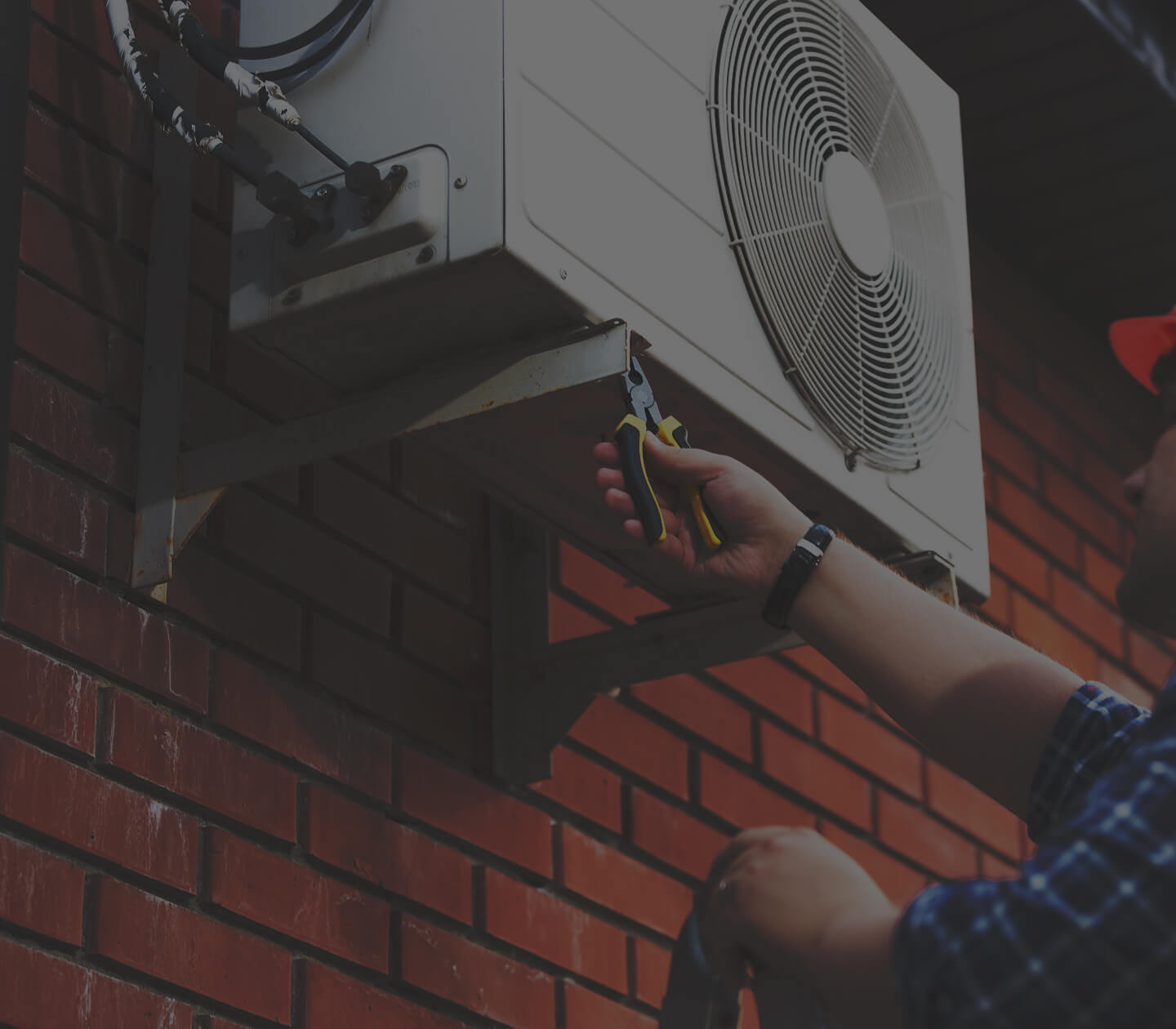Indoor air quality is a significant concern for many homeowners, especially for those who suffer from allergies or asthma. While air purifiers can help reduce airborne contaminants such as pollen, dust, and pet dander, UV air purifiers offer a unique way to improve the air quality in your home. In this blog post, we will explore what UV air purifiers do in your home.
What is a UV air purifier?
A UV air purifier is a device that uses ultraviolet (UV) light to kill or inactivate harmful microorganisms such as viruses, bacteria, and mold spores. These devices work by exposing the air to UV-C light, a type of ultraviolet light that is effective at killing microorganisms.
How do UV air purifiers work?
UV air purifiers work by using a combination of filters and UV-C light to remove harmful contaminants from the air. The air first passes through a pre-filter, which captures larger particles such as pet hair and dust. Then, the air is exposed to UV-C light, which kills or inactivates any remaining microorganisms. The air then passes through a final filter before being released back into the room.
What are the benefits of using a UV air purifier?
- Improved indoor air quality: UV air purifiers can help improve indoor air quality by removing harmful contaminants from the air. This is especially important for those who suffer from allergies or asthma, as these devices can help reduce the number of allergens in the air.
- Reduced risk of illness: UV air purifiers are effective at killing or inactivating viruses, bacteria, and mold spores, which can help reduce the risk of illness. This is especially important during cold and flu season when viruses can easily spread through the air.
- Low maintenance: UV air purifiers are low maintenance devices that require little upkeep. The only maintenance required is to replace the filters periodically, which is a simple and straightforward process.
- Easy to use: UV air purifiers are easy to use and require no special skills or knowledge. Simply plug in the device and turn it on to start purifying the air in your home.
- Cost-effective: While UV air purifiers may be more expensive than traditional air purifiers, they are a cost-effective solution in the long run. UV air purifiers do not require expensive replacement filters, and the UV-C bulbs used in the device have a long lifespan, typically lasting several years.
Are there any drawbacks to using a UV air purifier?
One potential drawback of UV air purifiers is that they are less effective at removing larger particles such as pet hair and dust. This is because the UV-C light is only effective at killing or inactivating microorganisms, not removing larger particles from the air. For this reason, it is often recommended to use a traditional air purifier in conjunction with a UV air purifier to achieve the best results.
In conclusion, UV air purifiers are an effective way to improve the air quality in your home. By using a combination of filters and UV-C light, these devices can help remove harmful contaminants from the air, reducing the risk of illness and improving indoor air quality. While there are some potential drawbacks to using a UV air purifier, the benefits far outweigh any disadvantages. If you are looking for a cost-effective way to improve the air quality in your home, a UV air purifier may be the solution you need.


